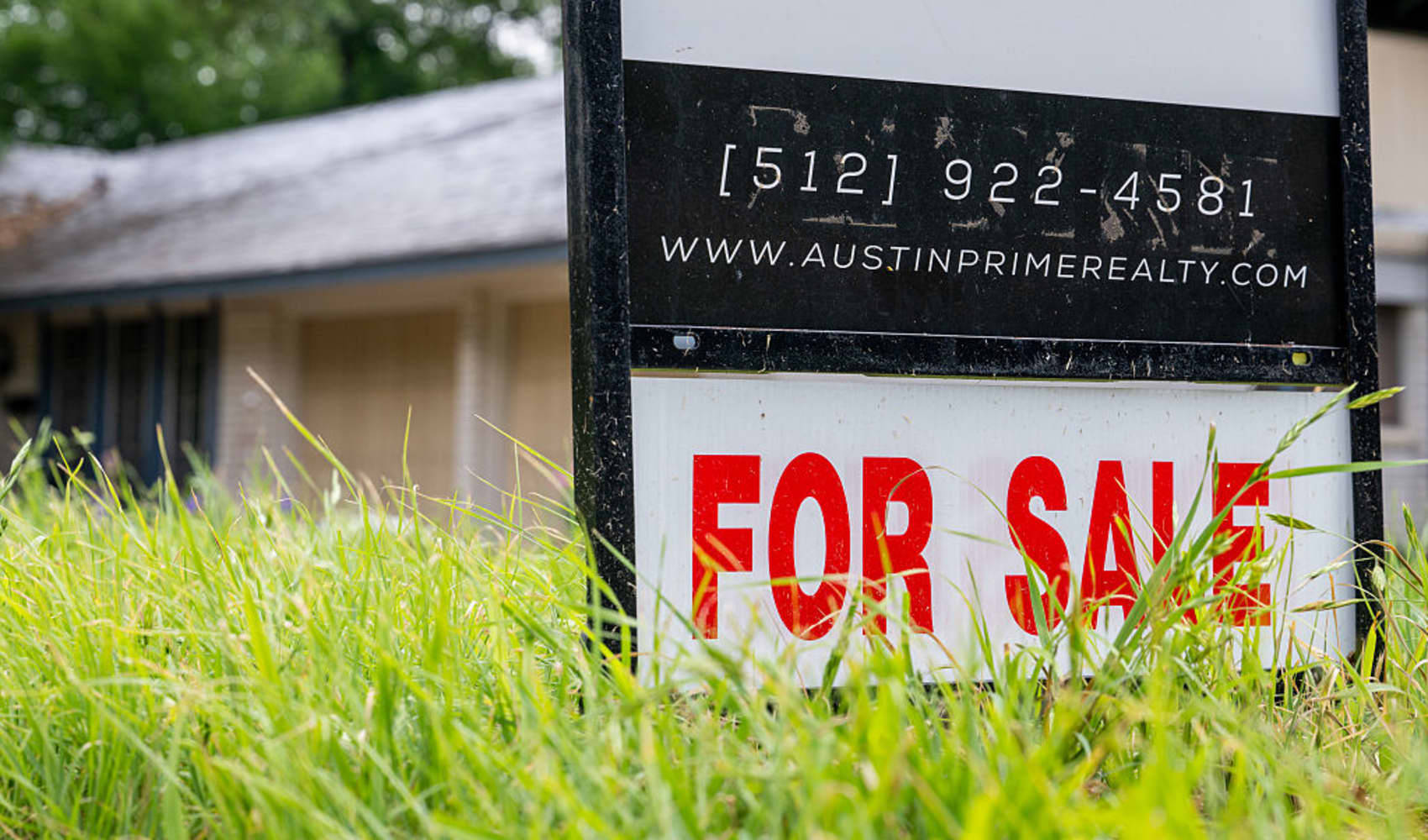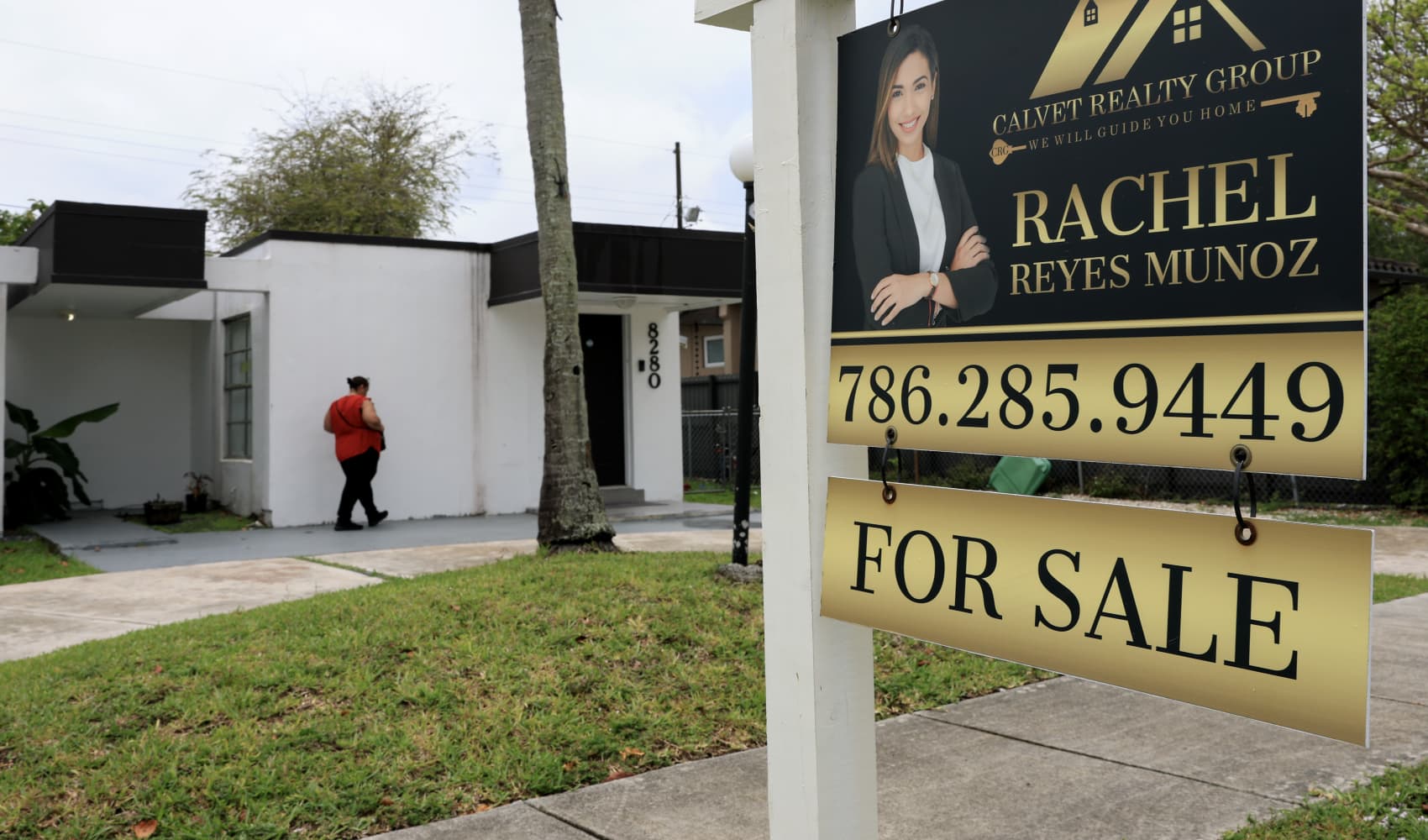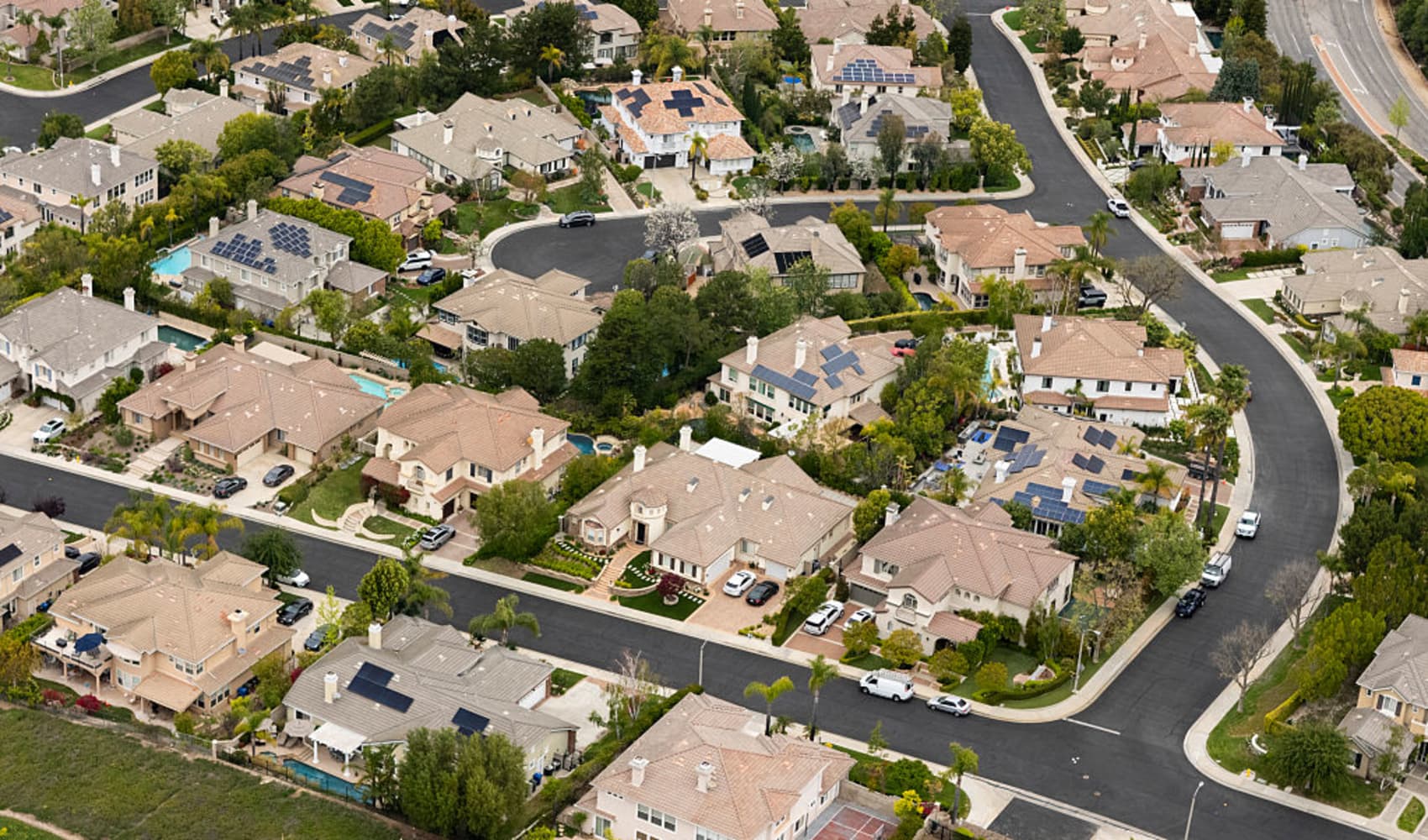Housing Slowdown: Mortgage Demand Plummets! What's Next?
Mortgage Demand Plummets: Is the Housing Market Cooling Off?
Introduction: A Chill in the Air for Homebuyers?
The housing market, once a seemingly unstoppable force, is showing signs of a slowdown. Even with slightly lower interest rates, potential homebuyers are pumping the brakes. Are we witnessing a significant shift, or is this just a temporary pause? Let's dive into the data and explore what's driving this decline in mortgage demand.
Mortgage Rates Edge Down… Barely
Last week saw a minimal decrease in mortgage rates. The average interest rate for 30-year fixed-rate mortgages with conforming loan balances (loans of $806,500 or less) dipped from 6.90% to 6.89%. A tiny drop, right? It's like trying to cool down a sweltering summer day with a single ice cube – it might offer a momentary relief, but the underlying heat remains.
The Disconnect: Lower Rates, Lower Demand?
Here's where things get interesting. You'd think that even a slight decrease in interest rates would entice more buyers. But, as the Mortgage Bankers Association (MBA) reports, that's not the case. Applications for a mortgage to purchase a home fell 4% last week compared to the previous week. What's going on?
Economic Uncertainty: The Big Elephant in the Room
The most likely culprit is economic uncertainty. People are wary. News headlines are filled with talks of potential recessions, job losses, and persistent inflation. It's like walking into a dark room – you're hesitant to take a step until you know what's lurking in the shadows. Potential homebuyers are feeling that same hesitation.
A Look Back: Comparing to Last Year
The MBA's data reveals another crucial point: mortgage application volume is only 3% higher than the same week last year. Now, remember that interest rates last year were significantly higher. So, logically, we should be seeing a much bigger jump in applications. The fact that we're not underscores the severity of the current buyer hesitancy. It's like running a marathon with a strong tailwind but still struggling to keep pace.
Refinance Applications: A Different Story
While homebuyers are pulling back, those with existing mortgages are looking for opportunities to save. Applications to refinance a mortgage were still significantly higher than they were at this time last year. This indicates that homeowners are keen to take advantage of any rate dips to lower their monthly payments. It's akin to catching rainwater during a drought – every drop counts!
The Homebuyer Profile: Who's Feeling the Pinch?
Who are these homebuyers hitting the pause button? It's likely a mix of first-time buyers struggling with affordability and move-up buyers who are hesitant to sell their existing homes due to uncertainty about finding a suitable replacement.
First-Time Homebuyers: The Affordability Squeeze
For first-time buyers, the dream of homeownership can feel like a distant mirage. High prices, even with slightly lower rates, make it difficult to save for a down payment and qualify for a mortgage. The combination of these factors creates a significant affordability squeeze.
Move-Up Buyers: The Replacement Home Dilemma
Move-up buyers, those looking to upgrade to a larger or more desirable home, face a different set of challenges. They're concerned about selling their current home in a potentially softening market and finding a new home that meets their needs and budget. It's a classic catch-22.
The Seller's Perspective: Adjusting Expectations
The shift in buyer demand is forcing sellers to adjust their expectations. Gone are the days of bidding wars and offers above asking price. Sellers need to be realistic about pricing and be prepared to offer concessions to attract buyers.
Inventory Levels: Slowly Climbing
Inventory levels, the number of homes available for sale, are starting to creep up in many markets. This is good news for buyers, as it gives them more options and potentially more negotiating power. However, it also means that sellers face increased competition.
Regional Variations: A Patchwork Market
It's important to remember that the housing market is not a monolithic entity. Conditions vary significantly from region to region. Some areas are experiencing a sharper slowdown than others. Local market conditions should always be taken into consideration.
The Long-Term Outlook: Weathering the Storm
Predicting the future is never easy, especially in the volatile world of real estate. However, most experts agree that the housing market is unlikely to experience a dramatic crash. Instead, we're likely to see a gradual correction, with prices stabilizing or even slightly declining in some areas.
Strategies for Buyers in a Shifting Market
So, what should potential buyers do in this uncertain environment? Here are a few strategies to consider:
- Get Pre-Approved: Knowing how much you can afford is crucial.
- Shop Around for the Best Mortgage Rates: Don't settle for the first offer.
- Be Patient: Don't feel pressured to rush into a purchase.
- Negotiate: Don't be afraid to make a lower offer.
- Consider Adjustable-Rate Mortgages (ARMs): These can offer lower initial rates, but be aware of the risks.
Strategies for Sellers in a Shifting Market
And what about sellers? Here's how to navigate the current market:
- Price Your Home Competitively: Don't overprice your home.
- Make Necessary Repairs and Improvements: Present your home in the best possible light.
- Be Flexible with Negotiations: Be willing to make concessions.
- Work with an Experienced Real Estate Agent: A good agent can help you navigate the market.
- Consider Staging Your Home: Make your home more appealing to buyers.
Finding Expert Guidance
Navigating the complexities of the real estate market requires expert guidance. Partnering with a qualified real estate agent and a knowledgeable mortgage lender can significantly improve your chances of success, whether you are buying or selling. Their insights can help you make informed decisions and avoid costly mistakes.
Conclusion: Navigating the Housing Market Maze
The housing market is currently facing a period of uncertainty, with mortgage demand declining despite slightly lower interest rates. Economic concerns are weighing heavily on potential homebuyers, causing them to hesitate. While the long-term outlook remains relatively stable, both buyers and sellers need to adjust their strategies to navigate this shifting landscape. Staying informed, seeking expert advice, and exercising patience will be key to success in the current market.
Frequently Asked Questions (FAQs)
Here are some frequently asked questions about the current housing market:
- Will housing prices crash?
Most experts don't anticipate a crash. A gradual correction is more likely, with prices stabilizing or slightly declining in some areas.
- Is now a good time to buy a home?
It depends on your individual circumstances. If you're financially ready and find a home that meets your needs and budget, now could be a good time. However, it's important to be patient and negotiate.
- Should I wait for interest rates to drop further?
Trying to time the market is difficult. Interest rates could go lower, but they could also go higher. Focus on finding a rate that you can afford and that fits your long-term financial goals.
- What are the key factors affecting the housing market right now?
Economic uncertainty, inflation, interest rates, and inventory levels are all playing a role.
- How can I improve my chances of getting a mortgage?
Improve your credit score, save for a larger down payment, and reduce your debt-to-income ratio.



